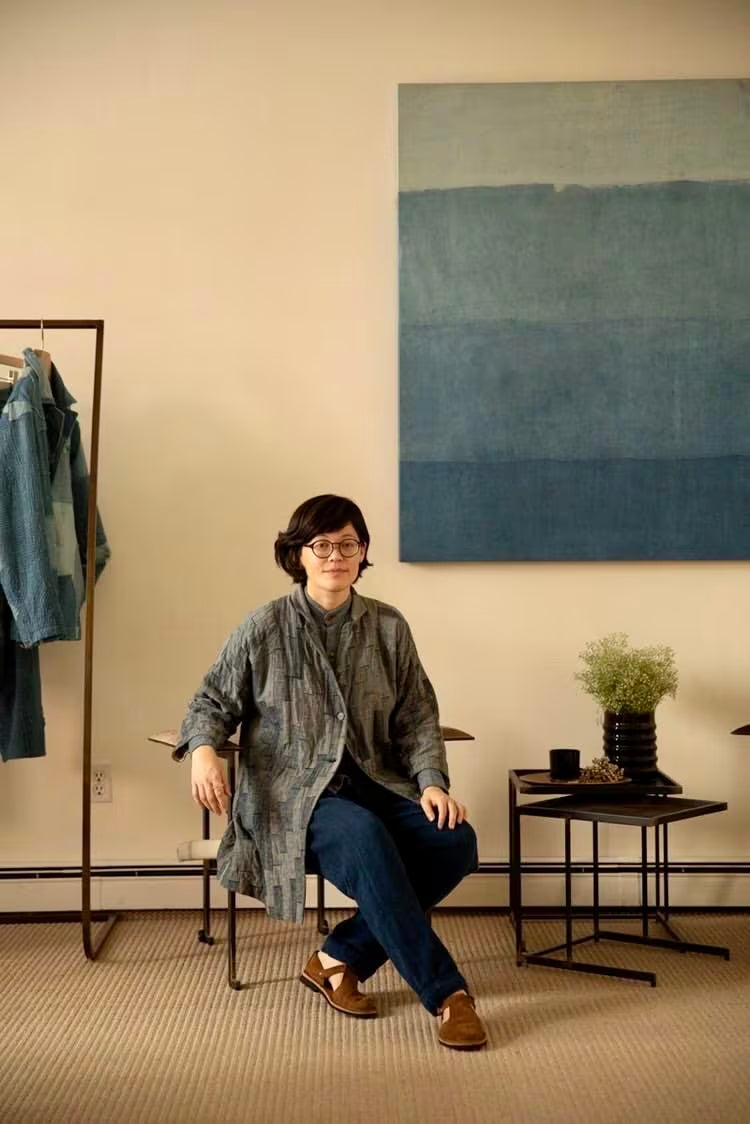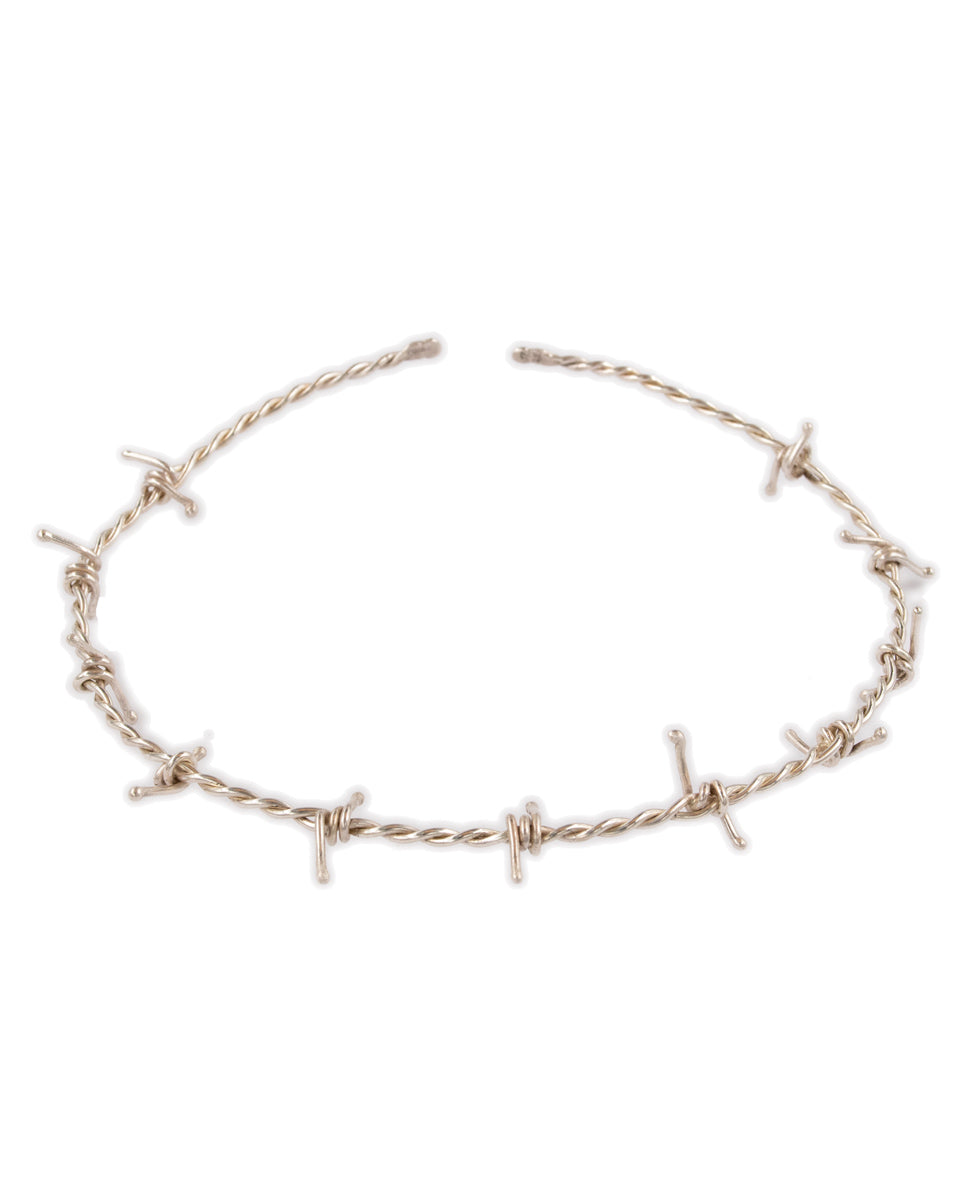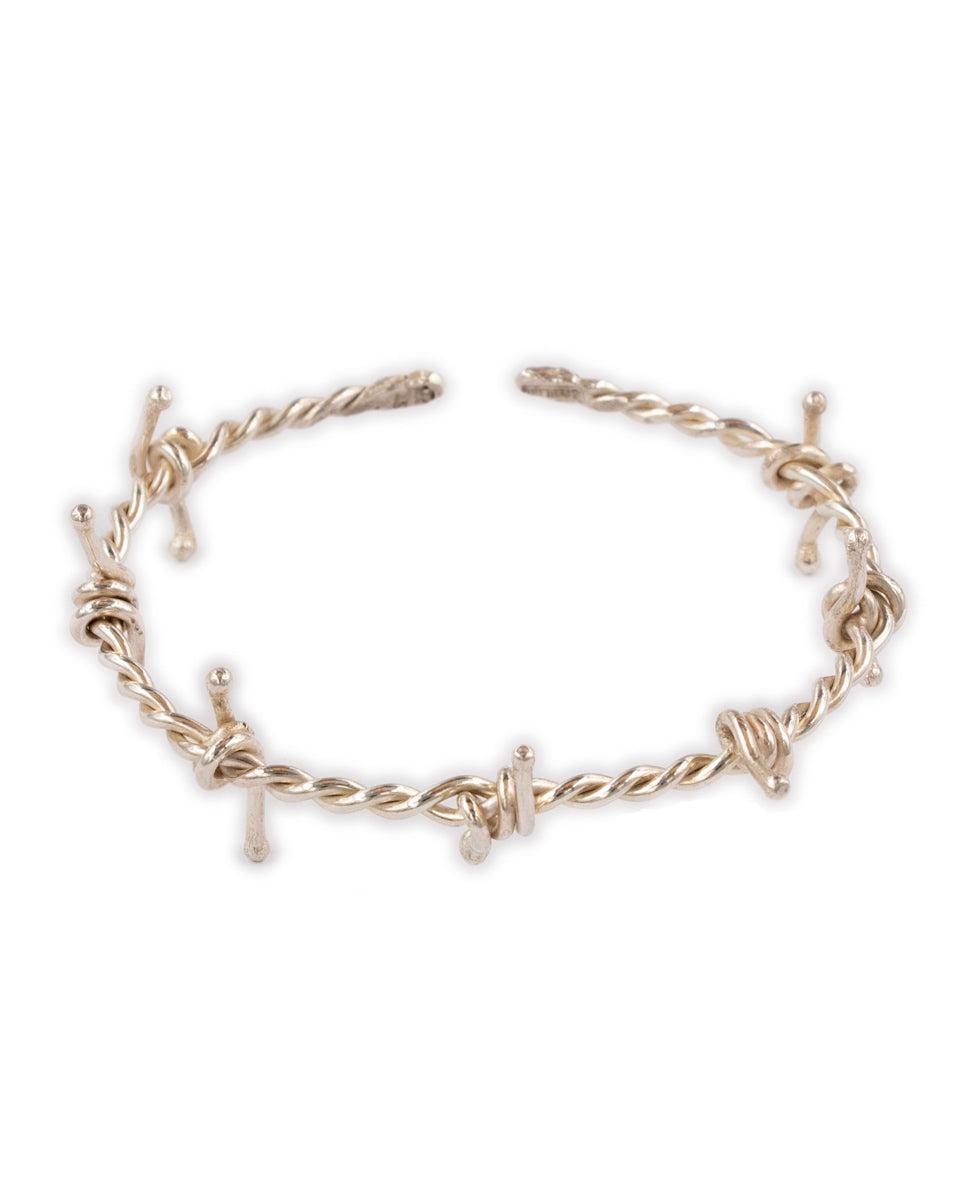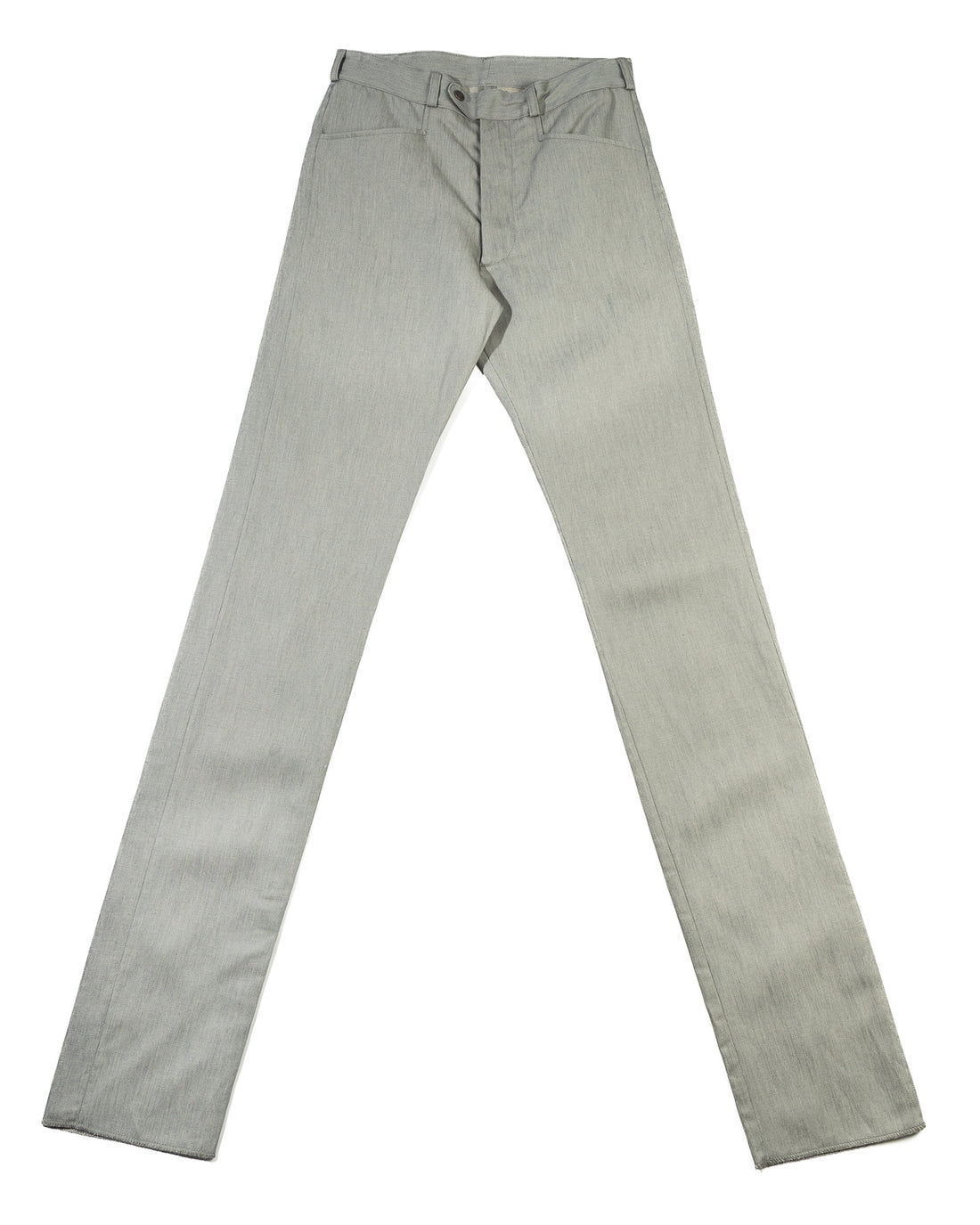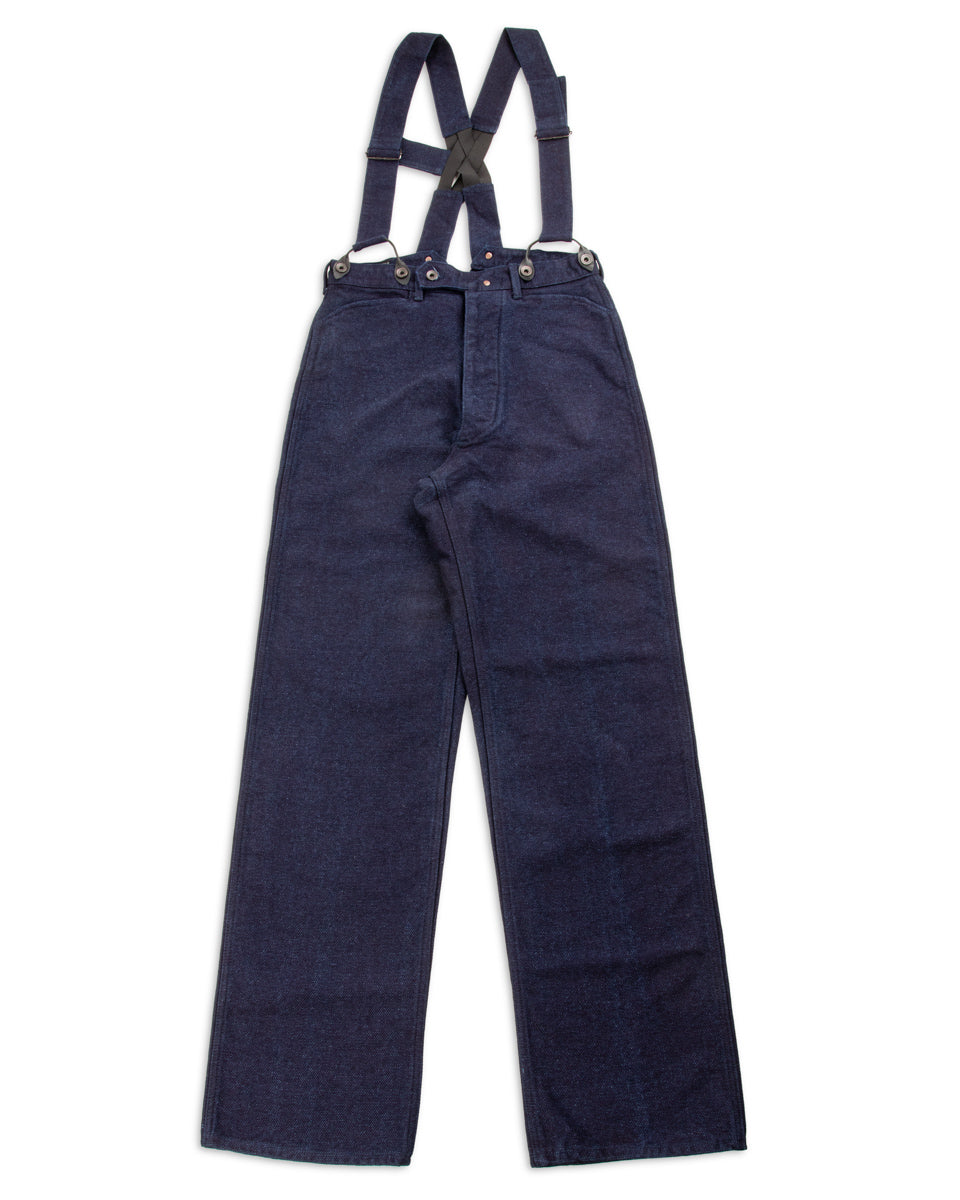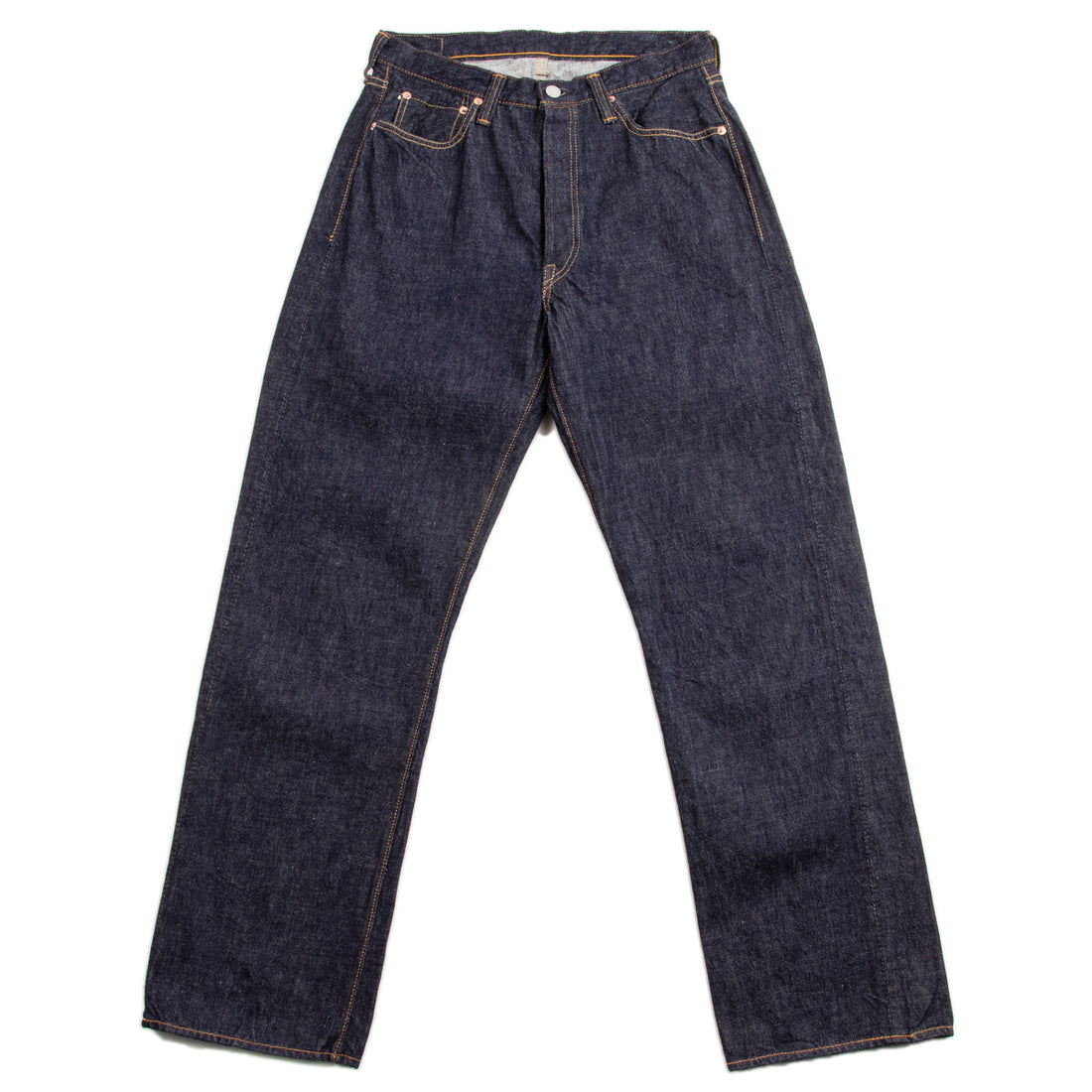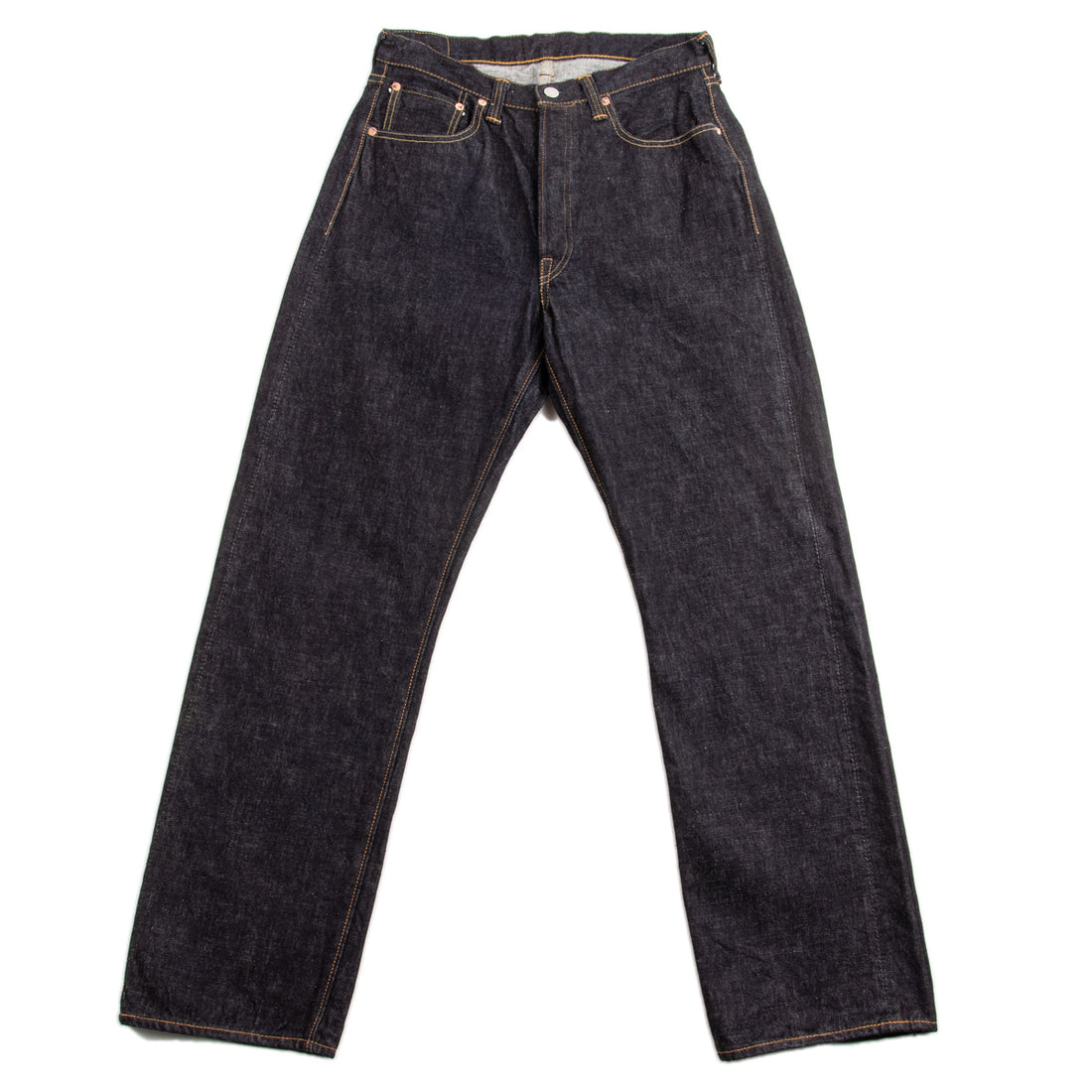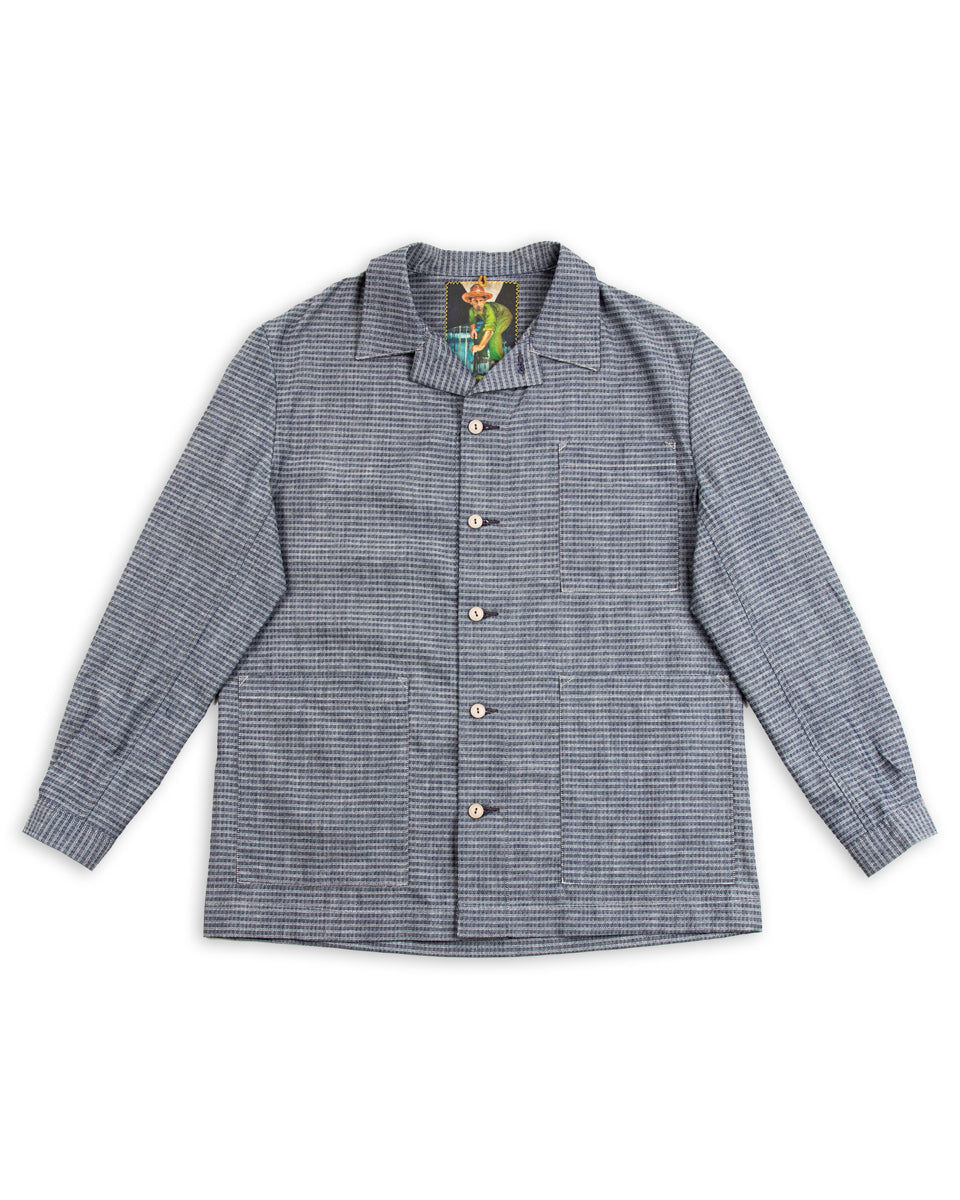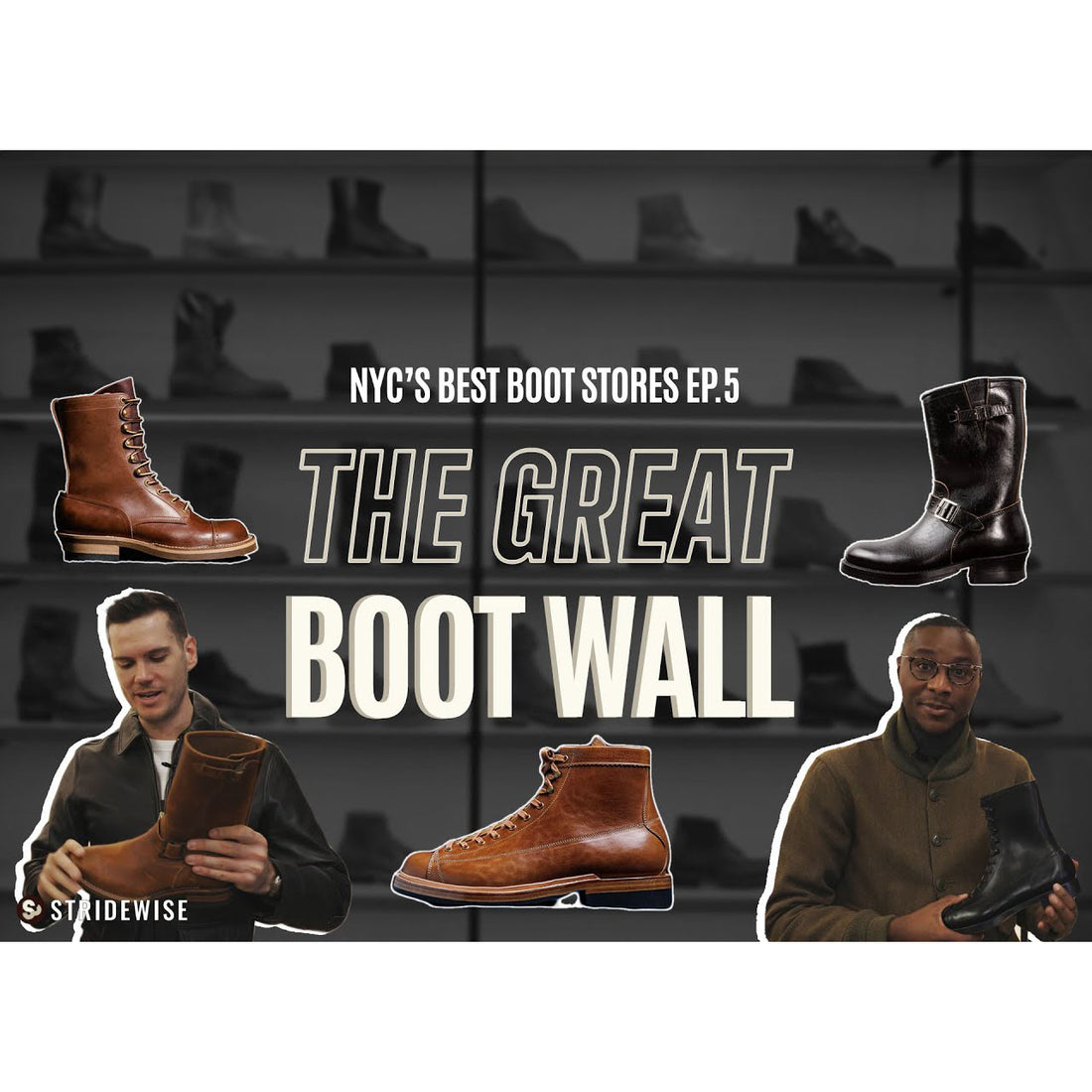
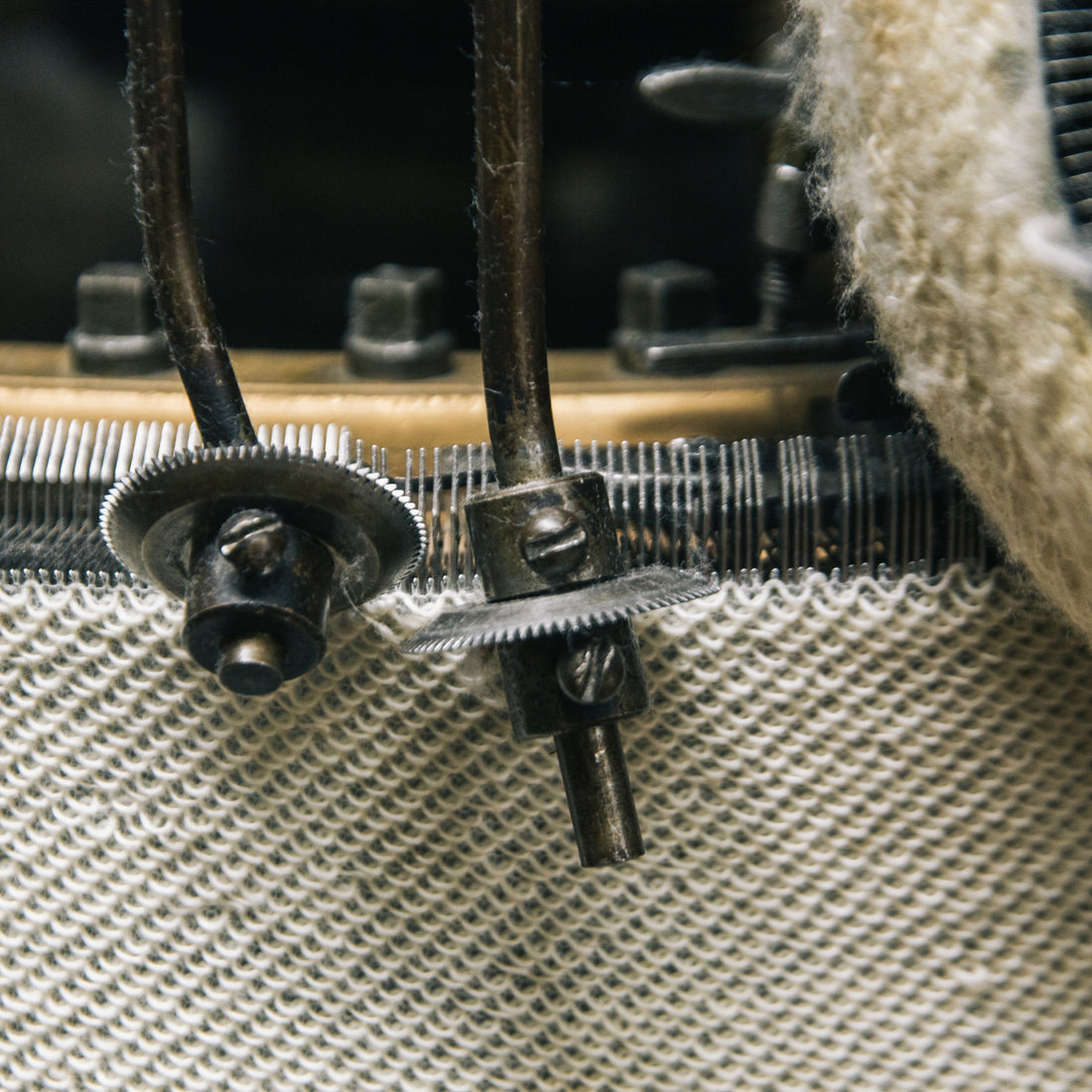
Loopwheel knits have been a fascination of ours long before opening Standard & Strange. And although there is seemingly more information than ever floating around the Internet about Loopwheel machines and fabrics, much of it is duplicative and derivative. It seemed like the best way to understand these slow-turning beasts and their output would be to just go to the source itself.
The few remaining Loopwheel machines in the world live in Japan and Germany. The Japanese ones happen to be where we visit each trip to Japan, in Wakayama, not far from Kobe. With the assistance of our friends at The Real McCoy’s, we were able to set up a visit to one of the mills at the tail end of our fall 2019 trip.
The day before we headed down to Kobe, we had the privilege of visiting the Toyota Commemorative Museum of Industry and Technology in Nagoya for the second time. While the museum doesn’t showcase any knitting technology, focusing instead on the evolution of their woven looms, it does provide an in-depth background on the production of cotton yarn. Spending the day in deep examination of old technology put us in the right headspace to absorb a tour of what is, quite literally, a working museum of knitting.

After a solid night out in Kobe with Kento from The Real McCoy’s, we headed out around 7am for the 90 minute scenic drive to Wakayama. The factory is actually a little uphill from the city, and surrounded by rice fields, with a pleasant breeze blowing in off the bay. The exterior of the building is modern, recently built, and quite nondescript.

Walking into the main office of the mill is like walking into any modern textile front office. There’s racks with hangers of sample fabric, meeting rooms, and of course, tea and coffee waiting for us. After a quick meet and greet with the owner of the factory, we dove in. The most striking thing about the Loopwheel area is how quiet it is. We’re used to walking into denim mills with anywhere from four to dozens of shuttle looms banging away at a deafening level.

Instead of apocalyptic sound levels, we’re greeted with rows of Loopwheel machines, turning slowly away, knitting at one meter per hour. This produces about half a roll of fabric per day; a sinker weave tubular knitting machine will crank out nearly five rolls in the same amount of time.
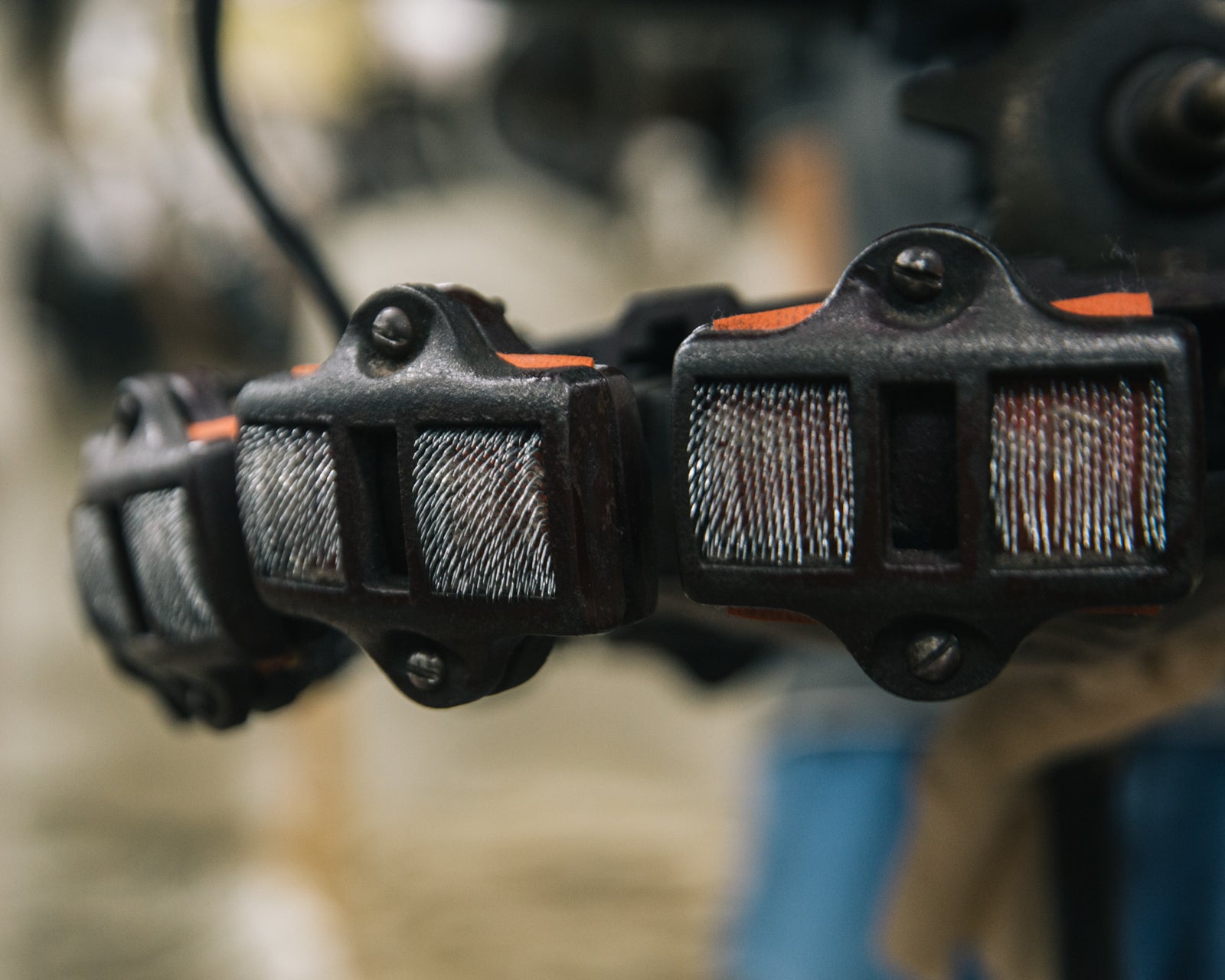
The speed (or lack thereof) is directly related to why Loopwheeled fabrics are so airy and soft. There’s no tension pulling the finished goods down the machine; just gravity with a little mechanical assistance from some pullers. One row gets knit at a time, with as few as three needles, as opposed to upwards of 24 needles on the sinker weave machines.

A very striking difference between a mill full of modern equipment and the Loopwheel facility is the number of people tending to the machines. Each machine has a distinct personality. At every moment, someone would be making minor adjustments, tweaking and tuning constantly.
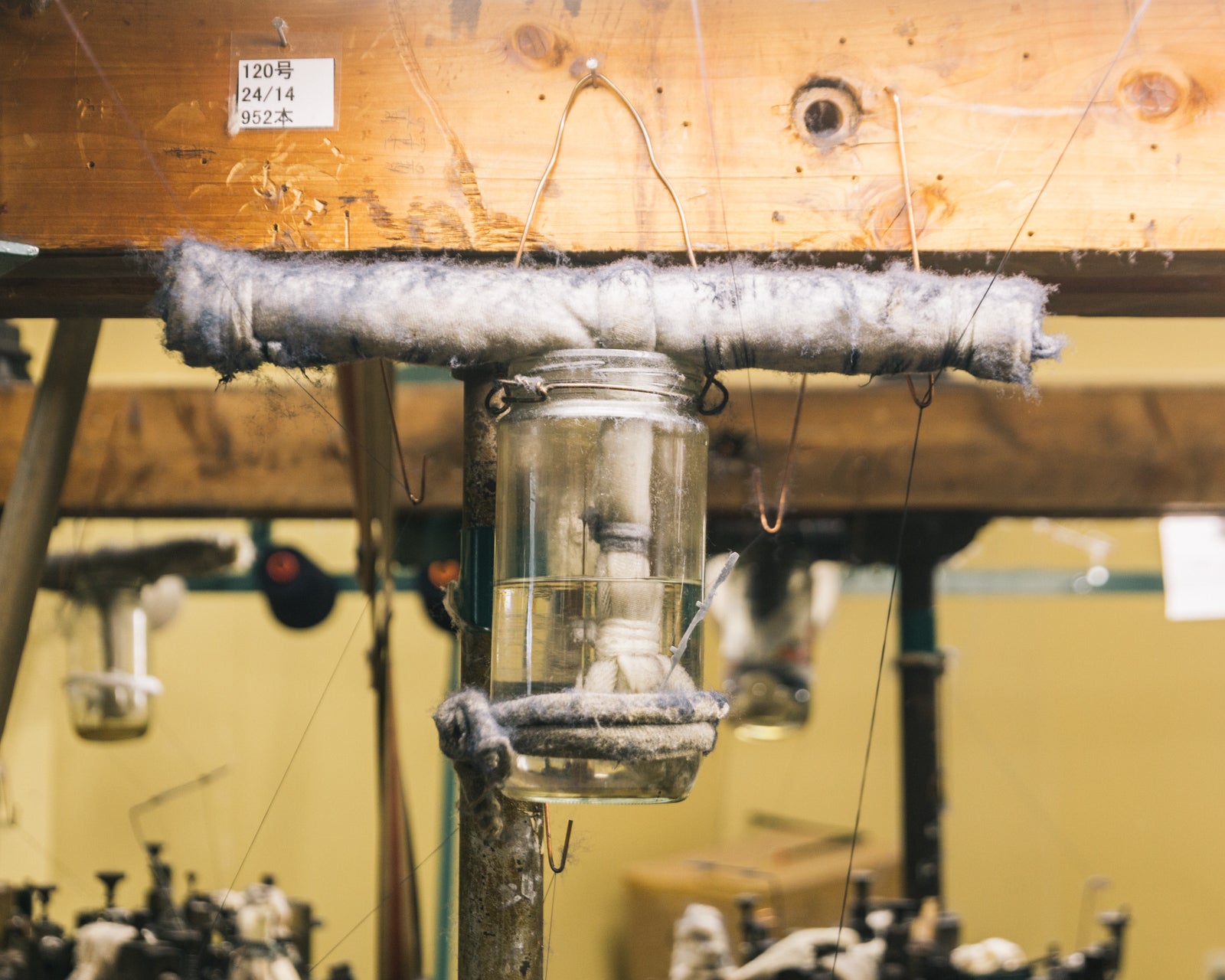

There’s a million small details and modifications to each machine, ranging from an old highball can holding cleaning tools to hand-fabricated brackets holding scraps of loopwheeled fabric against the inbound yarns. Those scraps wick from a jar of oil, and serve to remove excess fibers from yarns, ensuring a smooth knitting process.

Each and every size of Loopwheel garments requires a separate knitting head in the diameter of the intended size. Some brands cut and sew their Loopwheel goods; the brands we sell (including The Real McCoy’s and Warehouse) do not do this for the most part, relying on the machines to size the body of each garment.

The knitting process is actually inside out, with the terry side on the outside of the tube. These tubes are turned right-side out. The machine that brushes the interior, and turns the terry loops into soft fleece is actually quite rare. And luckily, there happens to be one at this facility.

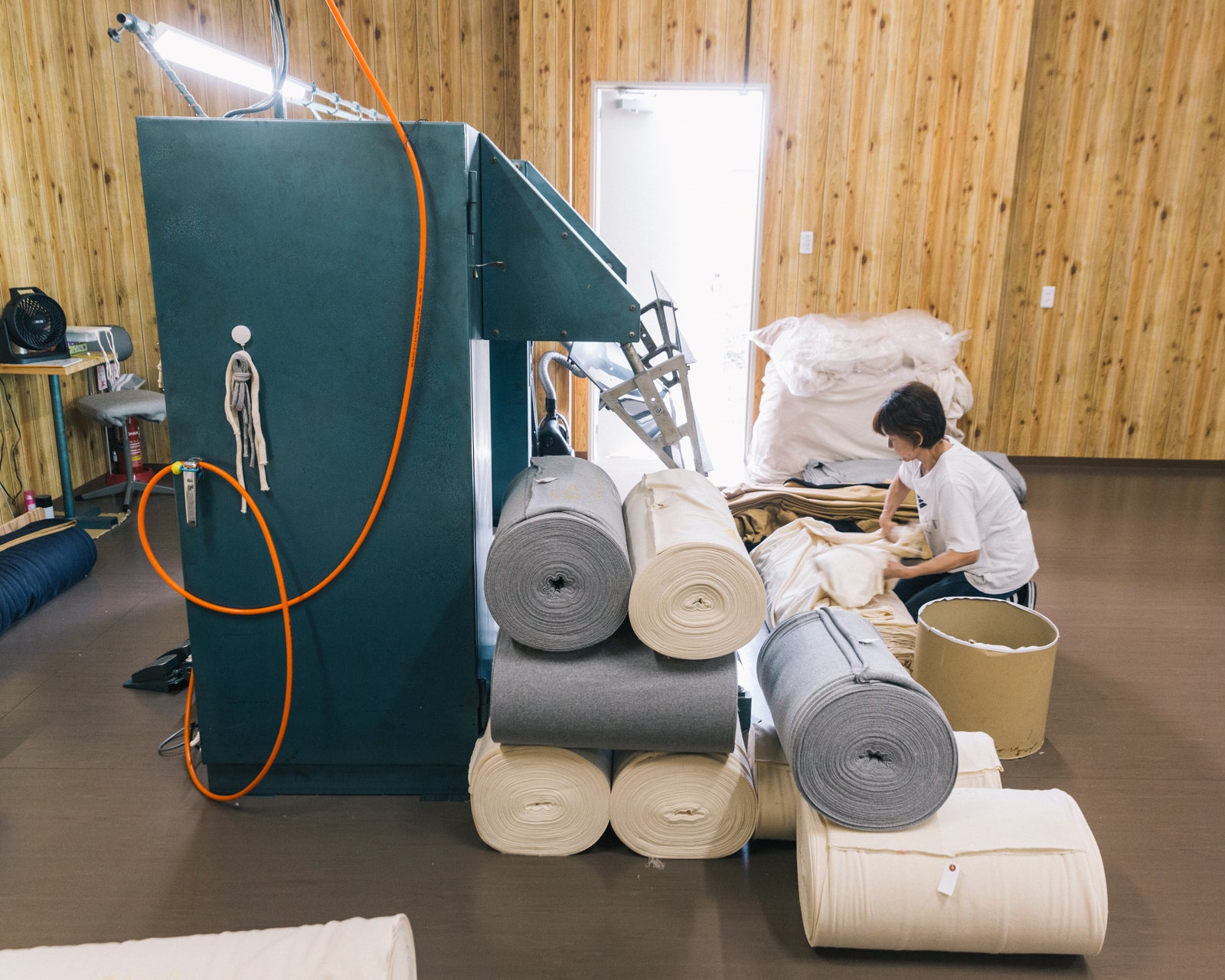
After every tube is complete, they get run through a comprehensive quality inspection. All of the fabric will get used, with different brands taking from the different quality levels. The Real McCoy’s, of course, only takes the absolute best of every batch.

By modern standards, these machines are slow and awkward. We view them as the perfect counterpart to the desire for faster-cheaper-more that drives most modern textile machinery development. It’s not lost on us that these were, at one time, the cutting edge of industrial production. Now they stand in resistance to machines that spew out low quality knits by the kilometer. Their fabric shows up at the speed of gravity, and resistance to time is knit right into them.
Factory visits are more than just a chance to get nerdy with knitting machines; each visit brings us closer to the goods we sell, and the people that make them. There is a legacy, care and generational expertise in everything in our shop. Seeing this first-hand deepens our relationship to each and every piece we sell.
Check out our Loopwheeled knits from The Real McCoy's & Warehouse.
All the latest
Featured blog posts

